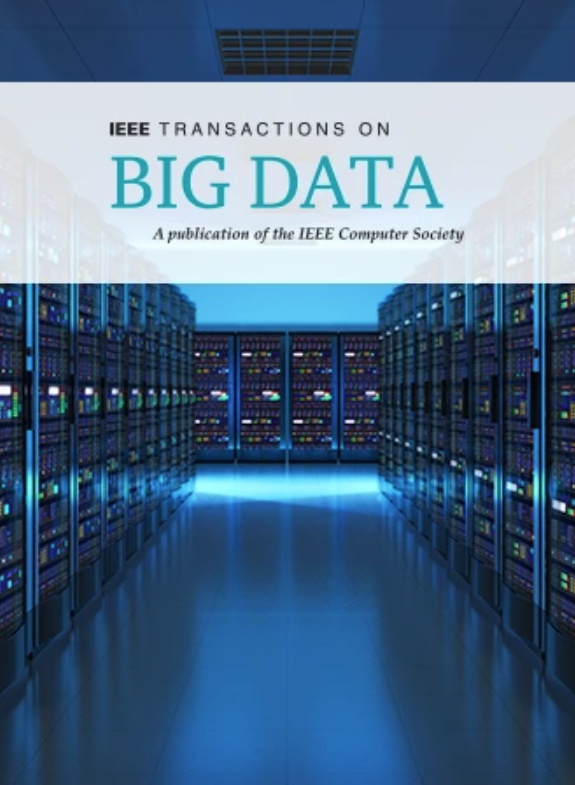Combine the Growth of Cascades and Impact of Users for Diffusion Prediction
IF 7.5
3区 计算机科学
Q1 COMPUTER SCIENCE, INFORMATION SYSTEMS
引用次数: 0
Abstract
Information diffusion and diffusion prediction have attracted a great deal of research attention over the past decades. Existing approaches usually make predictions based on the order of the activated users, while recently, some studies have taken the social network into consideration and begun to analyze the influence of neighbors via some graph neural networks. However, they ignore the fact that the interests of users and their neighbors may dynamically change along with the growth of the cascade, and thus fail to model the potential impact of activated users. To address the above shortcomings, we proposed in this paper a deep learning model that combines the结合级联的增长和用户的影响进行扩散预测
在过去的几十年里,信息扩散和扩散预测引起了大量的研究关注。现有的方法通常是根据激活用户的顺序进行预测,而最近,一些研究考虑了社交网络,开始通过一些图神经网络分析邻居的影响。然而,它们忽略了用户及其邻居的兴趣可能会随着级联的增长而动态变化,因此无法对激活用户的潜在影响进行建模。为了解决上述缺点,我们在本文中提出了一个结合级联增长模式和用户潜在影响(MGI)的深度学习模型。它利用GCNs来表示来自社交网络的用户,以模拟他们的静态特征。此外,我们在级联序列上设计了一种关注机制来计算激活用户的特征,并在级联中加入流行度变量来建模用户的特征。最后,我们将级联的增长和用户的影响结合到我们的扩散预测模型中。我们在几个真实世界的数据集上进行了广泛的实验,实验结果表明,我们的模型在扩散预测方面明显优于最先进的方法。
本文章由计算机程序翻译,如有差异,请以英文原文为准。
求助全文
约1分钟内获得全文
求助全文
来源期刊

IEEE Transactions on Big Data
Multiple-
CiteScore
11.80
自引率
2.80%
发文量
114
期刊介绍:
The IEEE Transactions on Big Data publishes peer-reviewed articles focusing on big data. These articles present innovative research ideas and application results across disciplines, including novel theories, algorithms, and applications. Research areas cover a wide range, such as big data analytics, visualization, curation, management, semantics, infrastructure, standards, performance analysis, intelligence extraction, scientific discovery, security, privacy, and legal issues specific to big data. The journal also prioritizes applications of big data in fields generating massive datasets.
 求助内容:
求助内容: 应助结果提醒方式:
应助结果提醒方式:


